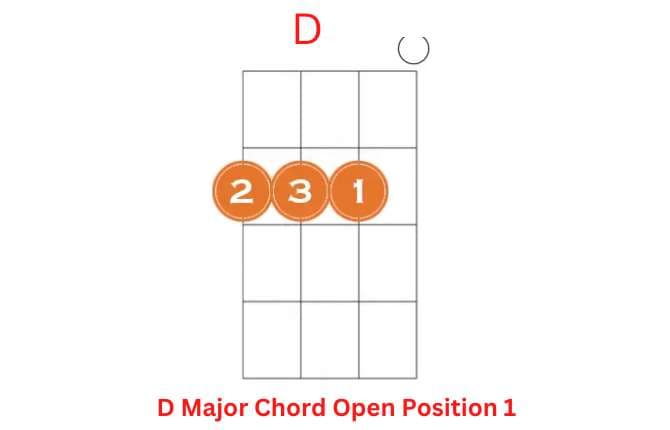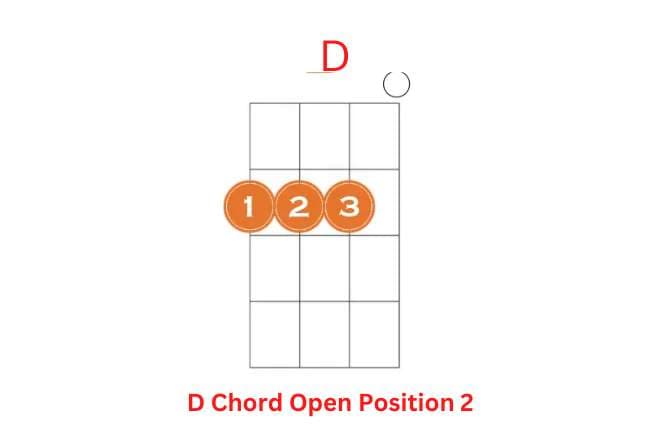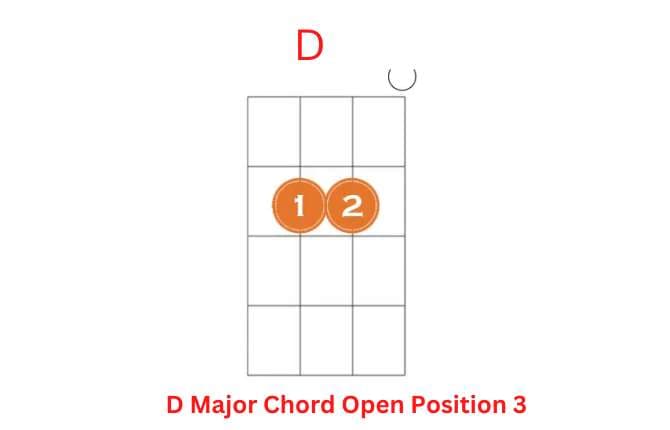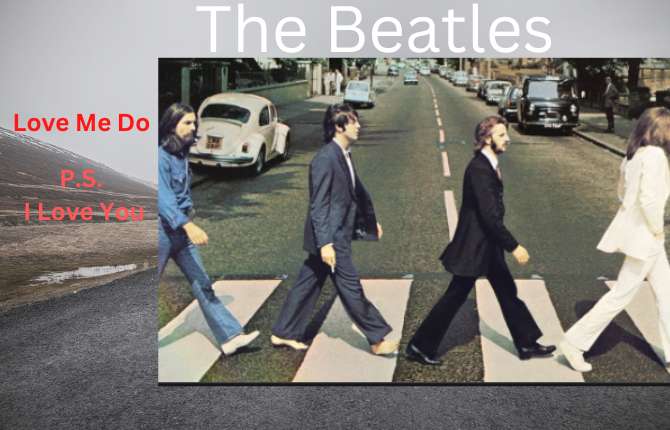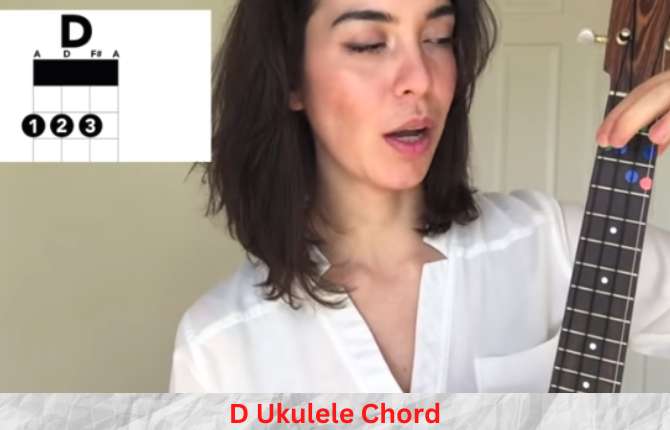
The D Ukulele Chord!
The sweet ukulele tune sounds out when you play the right chords. A uke can create a variety of moods – from jolly grooves to soulful, languid jams – that depend closely on the chords that might be used.
Major, minor, and influential chords all contain individual sounds, playing a crucial role in our knowing and liking songs.
Learning the distinct quality of each vital chord type becomes conducive to pursuing the chord variations that could be built on mostly the same root notes.
For example, you can act through D major (abbreviated to D), D minor, and D7 and discover how it typically remains only one note, making the difference between them.
While the shift from D major and D minor is sometimes utilized, the alteration from D major and D7 remains pretty general. We believe that you have the capability of learning this basic chord with comfort and mastering many songs with it, too!
The D chord consists of these three notes: D, F#, and A.
This trio is formed with notes from the D major scale (A, B, C#, D, E, F#, G), of which there remain two sharps. Such triad chords get shaped by the 1st, 3rd, and 5th notes of the scale.
These three notes might be blended in several alternative approaches to creating slightly different-sounding variations of the ukulele D chord.
In addition to some instances of how it’s used in standard songs, we’ll show you some basic ways to play this chord, so you can figure out how it seems to sounds and learns it for yourself.
How to Play the D Chord on Ukulele
Three Simple Steps for the D chord
Several methods have been developed for playing D major on the uke. We’ll go through where to place your fingers on the fretboard and which of the four strings you need to strum for playing entirely different variations.
Further, we’ll display diagrams visual of where your fingers need to be placed for each chord change.
Open Position #1: The D Major Chord
The D can be played favorably in an open position (meaning it uses open strings that you don’t even have to squeeze on the fretboard). For this chord, we will move over three entirely different variations of the open position.
You’ll commence by placing your index finger on the 2nd fret of the E string for this first style. You jump across the string to the 2nd fret of the G string with the middle finger.
Your ring finger will run directly between the two fingers you’ve already held on this 2nd fret and squeeze the C string on the same fret. Don’t utilize your little finger for this chord formation.
Once again, every one of these finger placements is listed here:
Ring finger: 2nd fret of the C string.
Middle finger: Second fret of the G string.
Index finger: 2nd fret of the E string.
Play these 3-fretted strings plus the open A (first) string. Don’t forget to make your index finger sufficient so that you are not covering up that first string in any way, and it’ll probably ring spontaneously.
Open Position #2: The D Chord
In the 2nd D major style for the open position, you ring the same notes, yet you arrange your presses on the fretboard differently. It is just a matter of preference in which model you feel additional natural.
We will put the index, middle, and ring fingers on the 2nd fret, 4th, 3rd, and 2nd strings for this variation, respectively. It’s similar to a commonly utilized formation for the A major on the guitar.
Ring finger: Second fret of the E string.
Mid-finger: 2nd fret of the C string.
Index finger: Second fret of the G string.
Open Position #3: The D Chord
It’s perhaps an oversimplified variation in this 3rd style of the D major chord. It might be appropriate if all three of your fingers feel trouble sharing the same fret in comfort, or seem it troublesome to get away from muting the open first string.
This style leaves out ringing the fourth string altogether and concentrates only on the three 3-notes of the unique D major trio (D, F#, A) as an alternative.
Index finger: Second fret of the C string.
Middle finger: 2nd fret of the E string.
Once more, with the open A string, you will play the four strings. (This time, you only need to ensure your ring finger is not muting that first string.) This chart will display like the first style above, irrespective of the different finger positions.
Famous & Popular Songs That Use the D Ukulele Chord
When “Love Me Do” was revealed as the first single by the English band The Beatles in the UK on 5 October 1962, it reached number 17. Later, this song was released in the US in 1964 and reached the number-one hit.
The track was composed years before it and before the Beatles existed. The solo characterizes John Lennon’s prominent harmonica playing and his and Paul’s duet vocals. Each with a different drummer, the Beatles’ three recorded variations were launched.
It’s a Beatles classic to try, and an excellent three-chord ukulele song for beginners. “Love Me Do” has some otherwise pretty simple instrumentals with unparalleled harmonica melody. You’re likely to play this melody with only three major chords: G, C, and D.
The D major may also seem to be a new one for you, but it features super ease. You can effortlessly uncover it with one or two fingers, depending on the size of your fingers.
Conclusion
Finally, learning several inversions for each chord will help you enhance as a player, alongside improving your knowledge of musical theory. In this lesson, we’ve mentioned some fundamental shapes to master how to play the D ukulele chord.
In effect, you’re about to go with this essential chord to be a skillful player. So, keep on practicing with your instrument using D chord variations.
Read also:
